How to Leverage AR in Your Digital Marketing Strategy For Your E-commerce Businesses

In digital marketing, Augmented Reality (AR) stands as a transformative force, especially for e-commerce businesses. This technology is a revolutionary tool reshaping how consumers interact with brands online. By overlaying digital information onto the physical world, AR bridges the gap between virtual and real-life experiences, offering a unique, immersive journey for customers. The adoption of AR in digital marketing strategies is about elevating the customer experience to new heights.
E-commerce, an industry constantly vying for innovative ways to captivate and engage customers, finds a powerful ally in AR. Reports that 61% of shoppers prefer stores offering AR experiences, a testament to AR’s growing influence. With the integration of AR, businesses can revolutionize their marketing approach, creating interactive, memorable campaigns that not only draw customers in but also drive them towards making confident purchasing decisions.
What is Augmented Reality and How Can It Impact Digital Marketing?
When exploring the basics of augmented reality, it’s essential to understand that AR overlays digital information onto the physical world, blending the real and virtual environments seamlessly. By incorporating AR into digital marketing strategies, businesses can provide customers with interactive experiences that drive engagement and enhance brand perception. According to a report, 40% of customers would be willing to pay more for a product if they could experience it through AR. AR’s market size in the retail sector is projected to reach $7.951 billion by 2028, illustrating its growing significance.


AR’s Influence on Digital Marketing
The integration of Augmented Reality into digital marketing strategies offers extensive benefits, revolutionizing the way businesses engage with their audience. Research suggests that by 2025, more than 70% of enterprise businesses will explore AR or VR solutions. This technology enhances customer engagement through interactive experiences and transforms online shopping by allowing consumers to visualize products in their own space. Overall, AR fosters deeper connections between brands and their audience, making the shopping experience more dynamic and personal.
Do you want to grow faster? Schedule a free consultation call with an expert.
The Evolution of AR
The journey of AR in marketing has been marked by rapid technological evolution, making its integration into marketing strategies more seamless and effective. As Augmented Reality technology has advanced, it has become more accessible, allowing a wider range of businesses to adopt it. This evolution has been driven by improvements in smartphone technology and increased internet bandwidth, enabling more complex and realistic Augmented Reality experiences.
The AR market has witnessed significant advancements, with its global revenue expected to reach $198 billion by 2025. This growth is driven by the increasing adoption of Augmented Reality in various sectors, including retail, real estate, and entertainment.
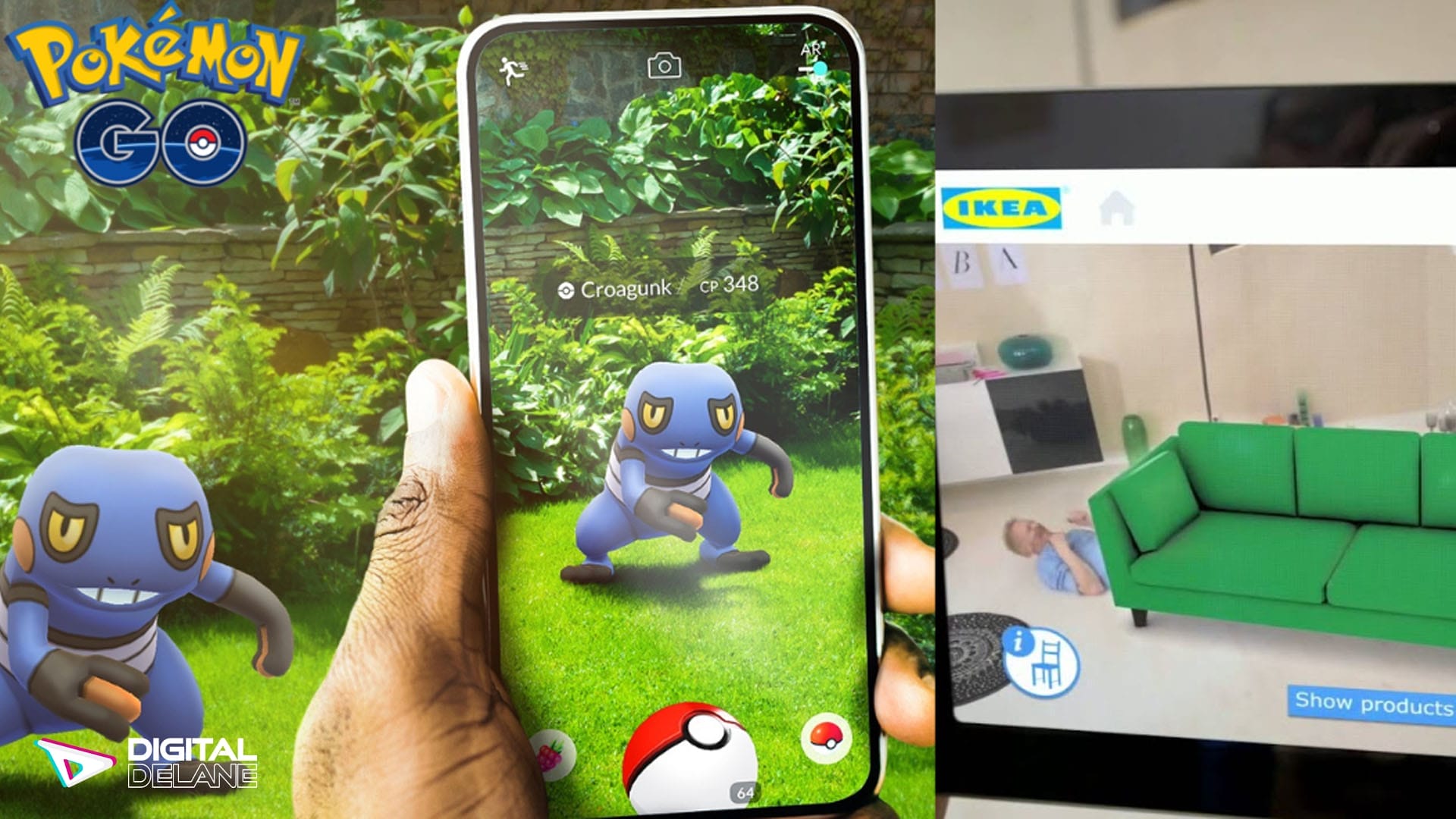

Understanding the Intersection of AR and VR in Digital Marketing
It’s crucial to distinguish between augmented reality (AR) and virtual reality (VR) when considering their impact on digital marketing. While AR enhances the real world with digital elements, VR immerses users in a completely virtual environment. The combined revenue of Augmented Reality and VR markets is expected to reach $28.5 billion by 2025.
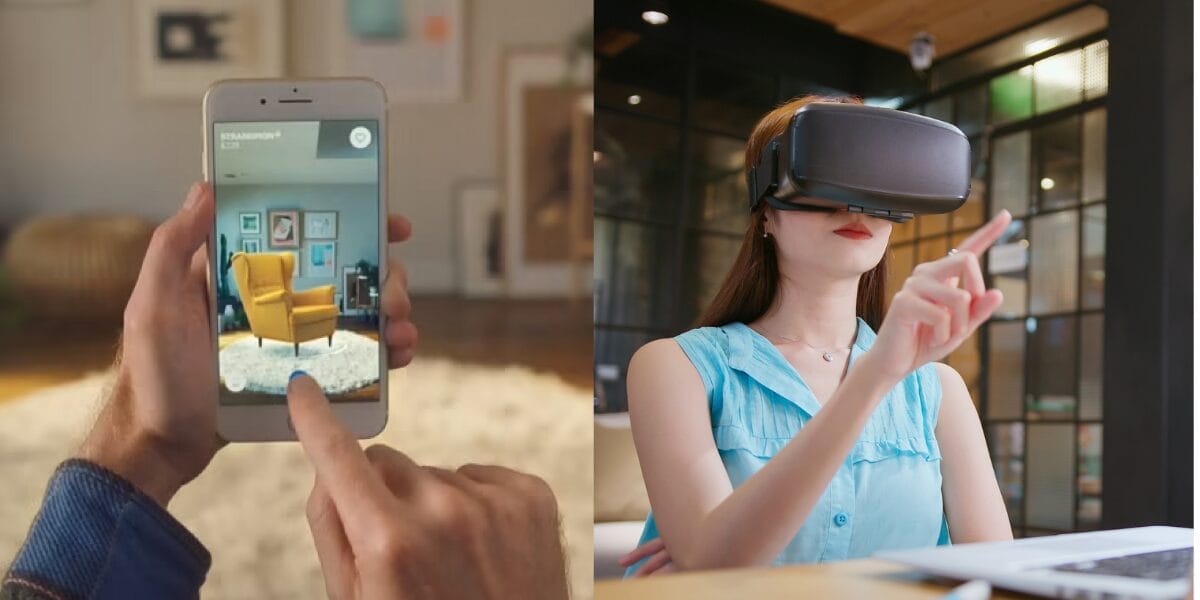

By creating immersive experiences with AR and VR, marketers can craft engaging campaigns that resonate with their target audience. The future potential of AR and VR in marketing strategies is immense, offering endless possibilities for creating captivating brand experiences.
Ways to Incorporate AR in Your E-commerce Marketing Strategy
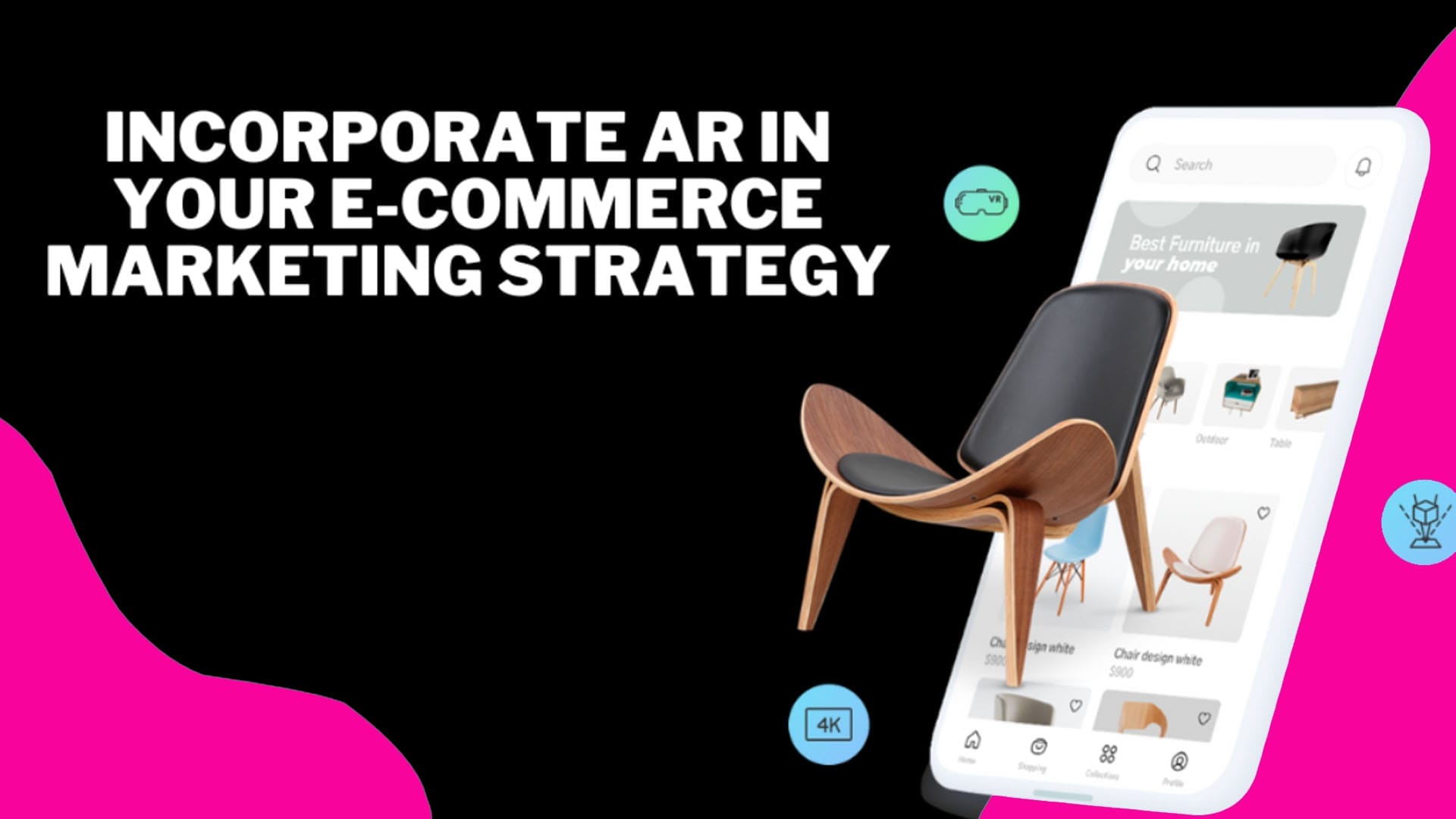

Enhanced Customer Engagement
One of the key ways to leverage AR in your e-commerce marketing strategy is by enhancing customer engagement through AR-powered interactions. By allowing customers to visualize products in their real environment using Augmented Reality technology on their smartphones, businesses can create a more immersive shopping experience.
For instance, an AR app can enable customers to see how a piece of furniture would look in their living room or how a pair of glasses would fit their face, thereby increasing engagement and reducing the likelihood of product returns. Businesses using AR for product visualization have seen a 40% decrease in product returns. Additionally, Augmented Reality-enabled product previews lead to a 200% increase in customer engagement.
Boost Your Business with New AI Trends – Get a Free Strategy Session Today
Virtual Shopping Experiences
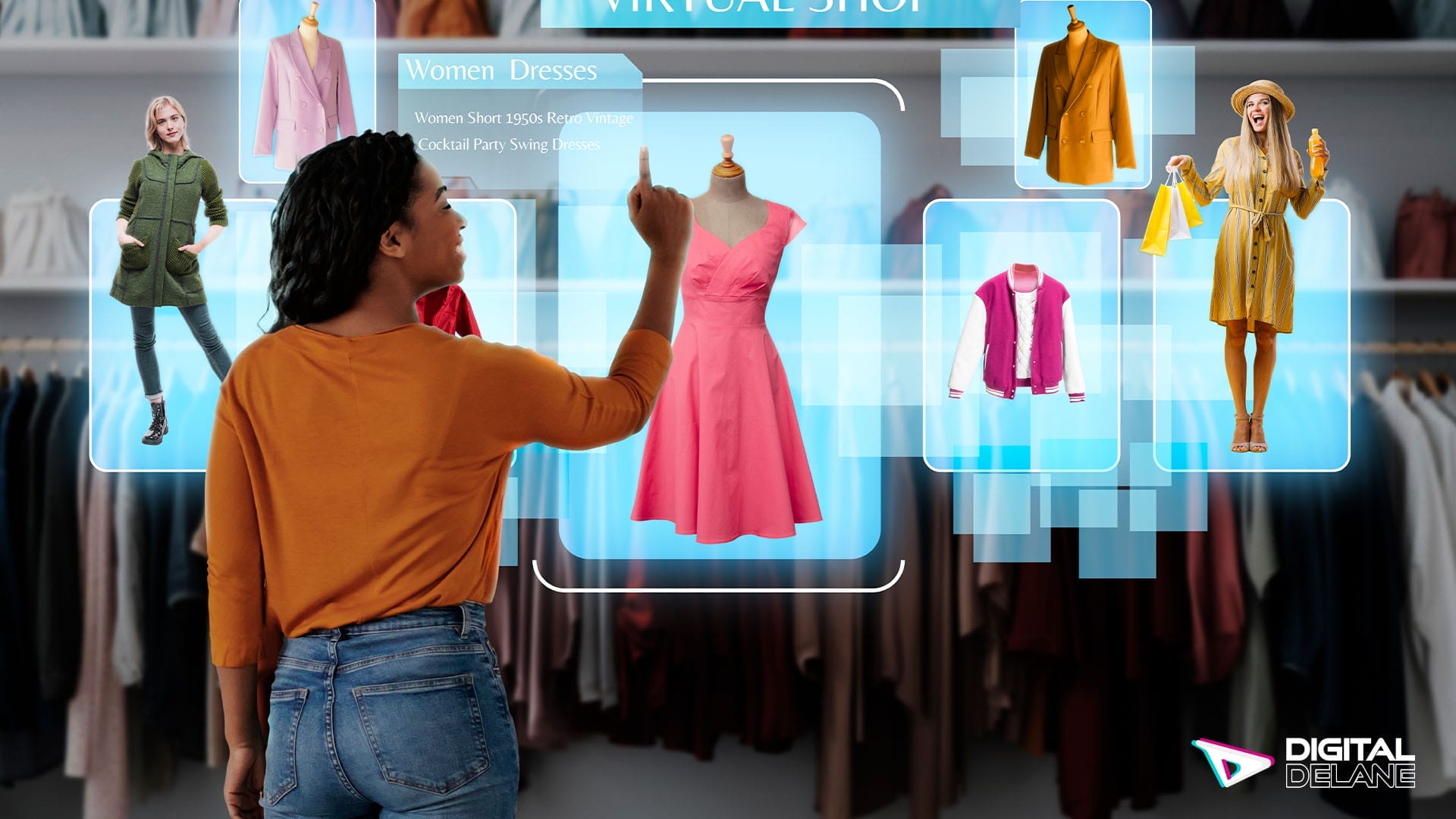

By reducing the uncertainties associated with online shopping, these virtual experiences can significantly increase conversion rates and customer satisfaction. AR virtual try-on solutions have reported a 250% increase in conversion rates for products like eyewear and apparel. Moreover, 66% of consumers are interested in using Augmented Reality for shopping, indicating a growing demand for these immersive experiences.
Benefits of Using AR in E-commerce Marketing Efforts
Integrating AR into e-commerce marketing efforts brings about a multitude of benefits. From improving customer satisfaction through interactive AR applications to boosting sales and conversions with AR technology, businesses can drive growth and enhance brand loyalty.
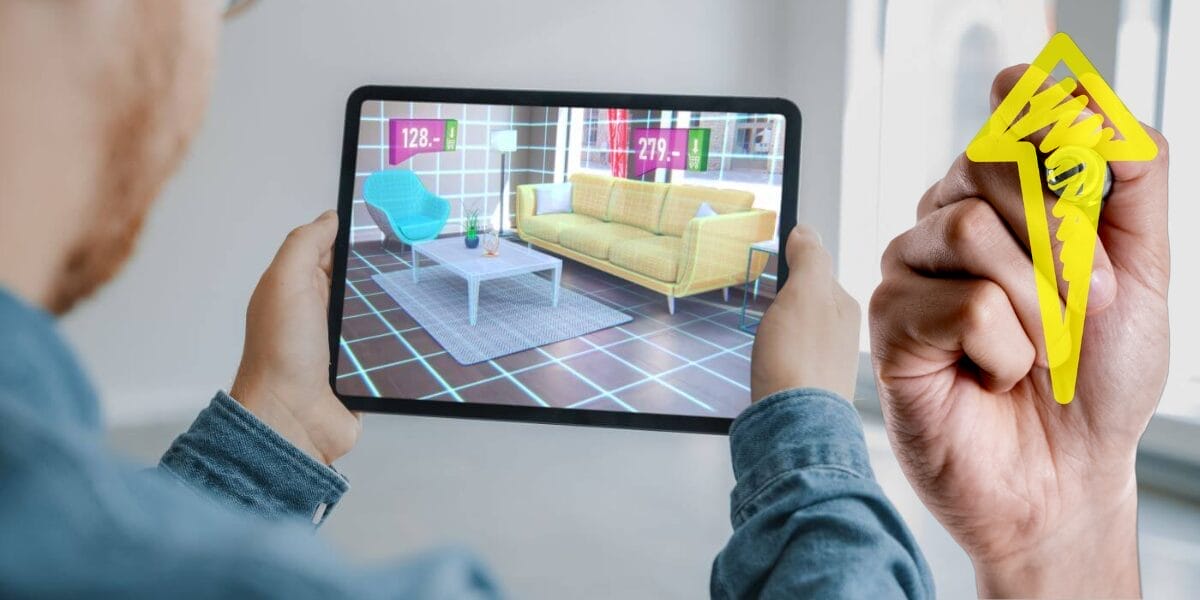

Boosting Sales and Conversions
The immersive nature of AR experiences can lead to higher conversion rates and sales. By providing customers with a more interactive and informative shopping experience, AR helps in bridging the gap between online browsing and physical shopping. Integrating AR features has led to an average increase of 19% in sales for e-commerce businesses. Additionally, AR-enhanced advertising campaigns see an average click-through rate increase of 33% compared to traditional digital ads.
Ready to Discuss Your Project? Chat With Our Marketing Team
Best Practices for Marketers Utilizing AR in Digital Campaigns
Augmented Reality (AR) holds immense potential for e-commerce businesses to enhance customer experience and drive sales through engaging digital campaigns. Here are some best practices to consider:
1. Understand your audience and their needs:
- Target the right demographics: AR experiences resonate more with tech-savvy users, especially younger generations. Tailor your campaigns accordingly.
- Research their preferences: Conduct market research to understand what AR features would appeal to your customers and what your competitors offer.
2. Choose the right use cases for AR:
- Focus on product categories that benefit from visualization: AR shines in showcasing products like furniture, clothing, cosmetics, and home decor. Customers can virtually “try on” or place items in their environment before buying.
- Consider the user experience: Ensure the AR experience is seamless and user-friendly. Avoid complex functionalities that might hinder engagement.
3. Make it easy to access and use:
- Mobile-first approach: Develop AR experiences primarily for mobile devices, as that’s where most online shopping happens.
- Clear instructions and guidance: Provide straightforward instructions on how to access and use the AR feature within your app or website.
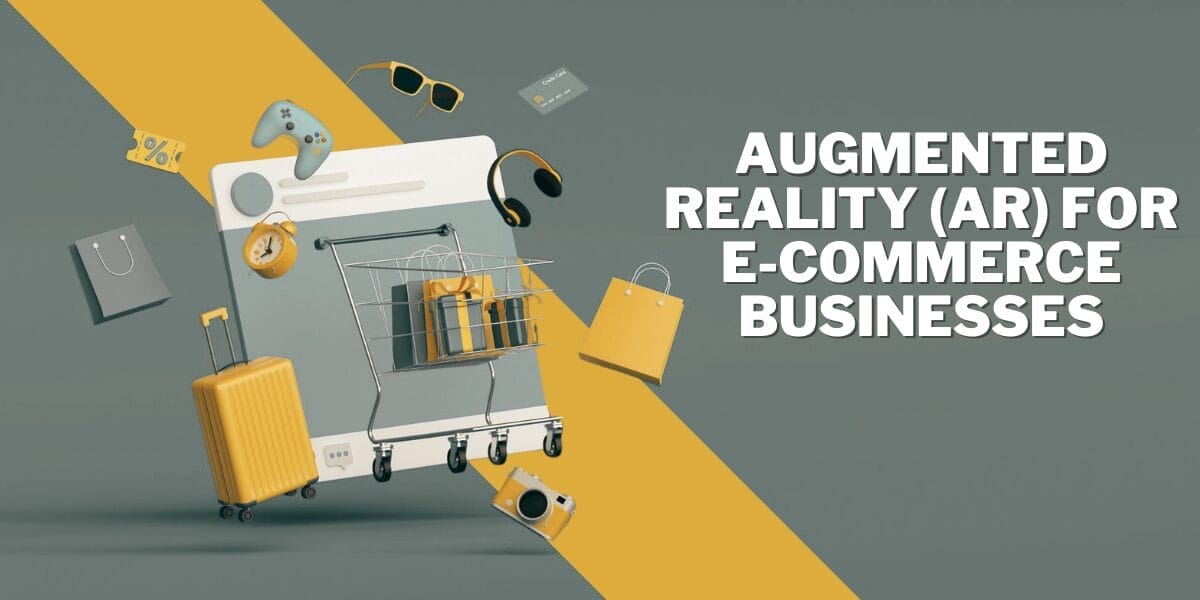

4. Prioritize quality and performance:
- Invest in high-quality 3D models and graphics: Poor visuals can negatively impact the user experience and brand perception.
- Optimize for smooth performance: Ensure the AR experience loads quickly and runs smoothly on different devices to avoid frustration.
5. Measure and iterate:
- Track engagement metrics: Monitor how users interact with the AR experience, such as time spent and completion rates.
- Analyze conversion rates: Assess if the AR campaign is leading to an increase in sales or desired actions.
- Continuously test and improve: Based on your data, refine your AR experience to enhance its effectiveness and user experience.
Additional Tips:
- Promote your AR experience: Generate buzz through social media, email marketing, and influencer partnerships.
- Integrate with other marketing channels: Combine AR with other marketing initiatives for a holistic customer experience.
- Offer educational content: Use AR to educate customers about your products and their features.
By following these best practices, e-commerce businesses can leverage AR effectively in their digital campaigns, leading to a more engaging and enriching customer experience, and ultimately driving sales and brand loyalty.
Conclusion
As the digital landscape continues to evolve, the integration of augmented reality (AR) into e-commerce marketing strategies presents an exciting opportunity for businesses to engage customers in innovative and immersive ways. From enhancing customer experiences to driving sales and brand loyalty, AR has proven to be a game-changer in the digital marketing space.
By leveraging AR technology, e-commerce businesses can provide their customers with interactive and captivating experiences, ultimately setting themselves apart from competitors and staying ahead in the ever-growing digital marketplace. The potential of AR in digital marketing is vast, and businesses that embrace this technology stand to reap the benefits of enhanced customer engagement and brand recognition. In a world where customer experience is paramount, the incorporation of AR into digital marketing strategies can elevate e-commerce businesses to new heights, creating lasting impressions and strengthening customer relationships.
For expert guidance in integrating AR and other cutting-edge technologies into your digital marketing strategies, contact Digital Delane. Let’s take your digital marketing efforts to the next level and craft immersive experiences that captivate your audience and drive real results.

















